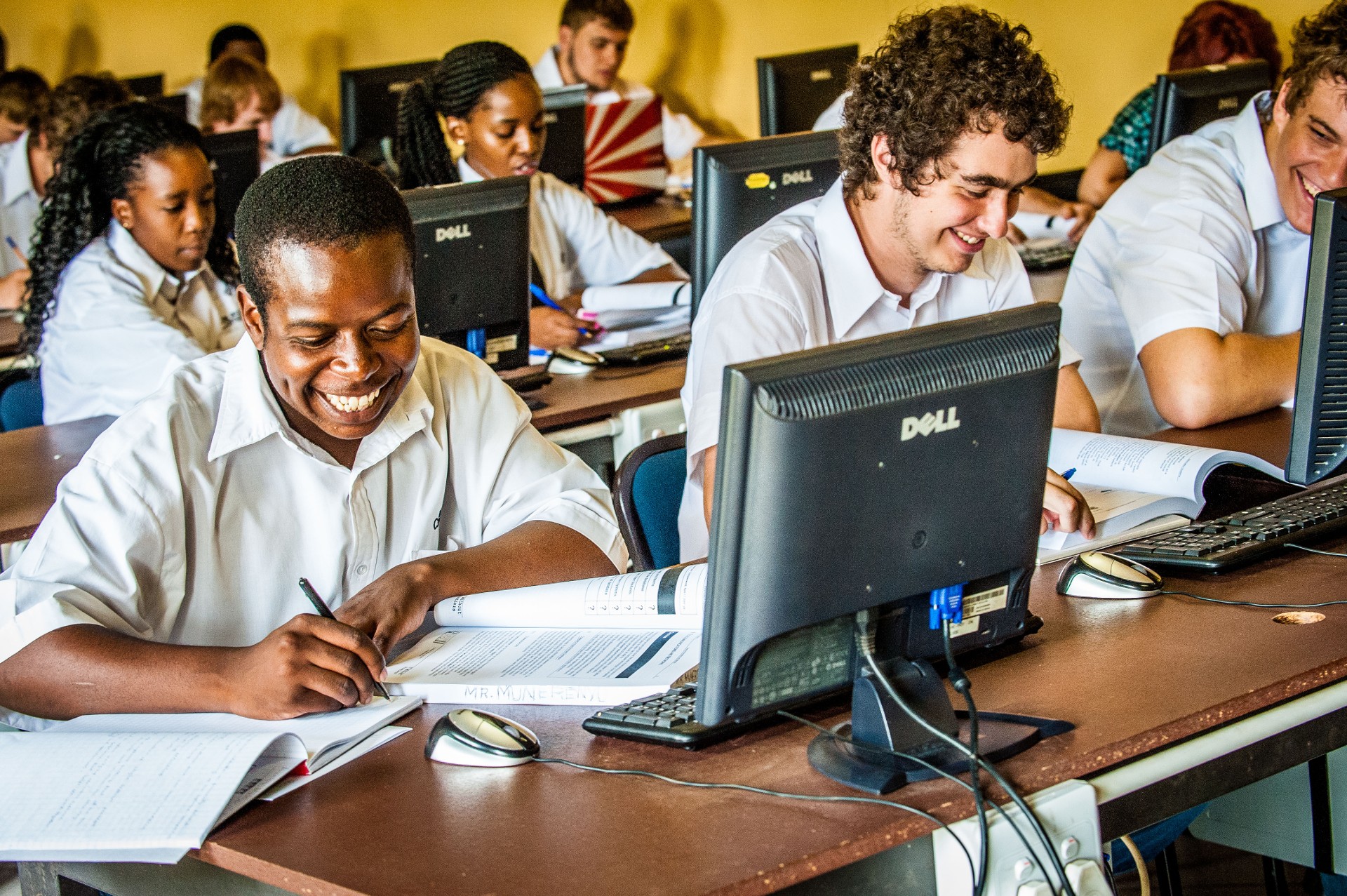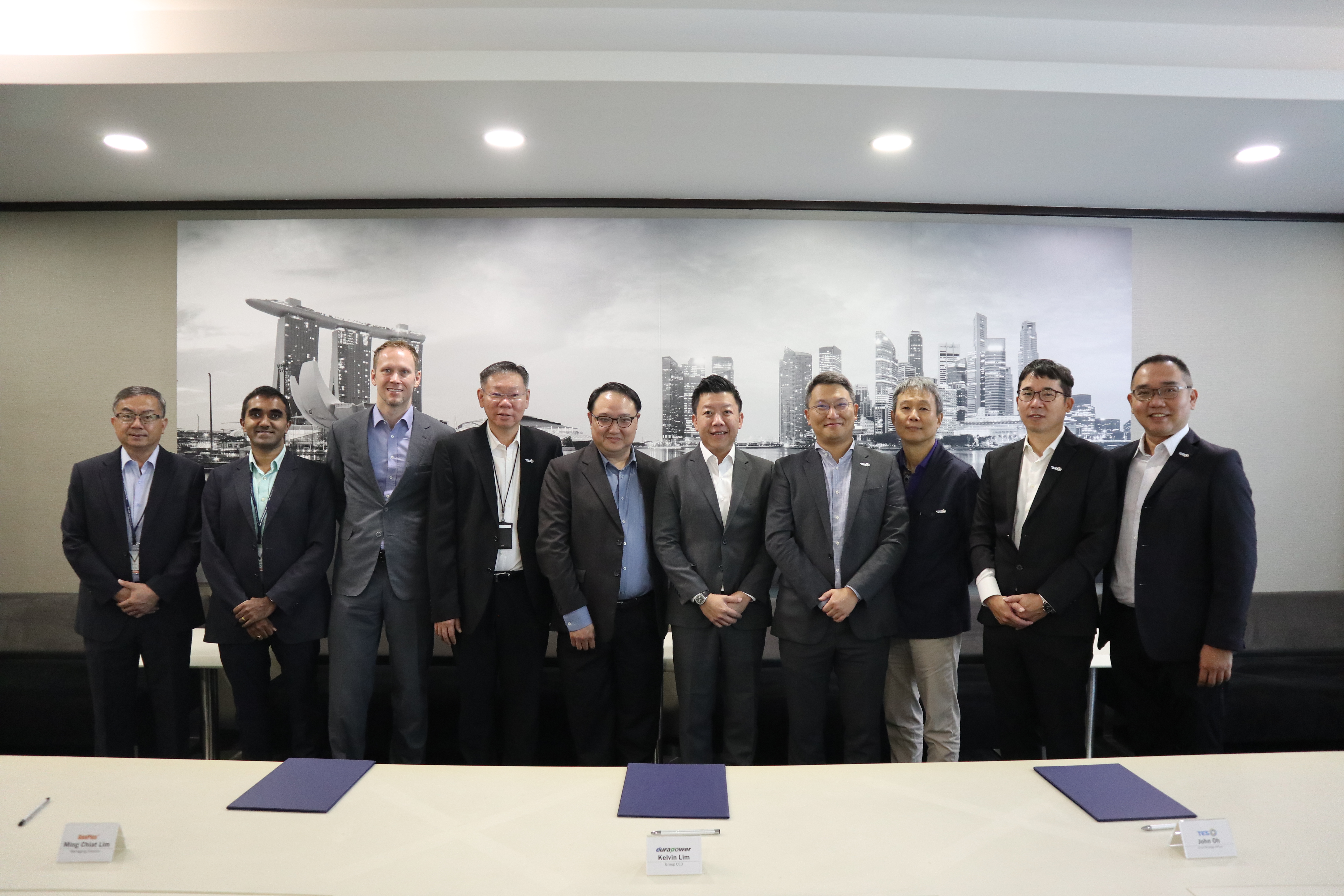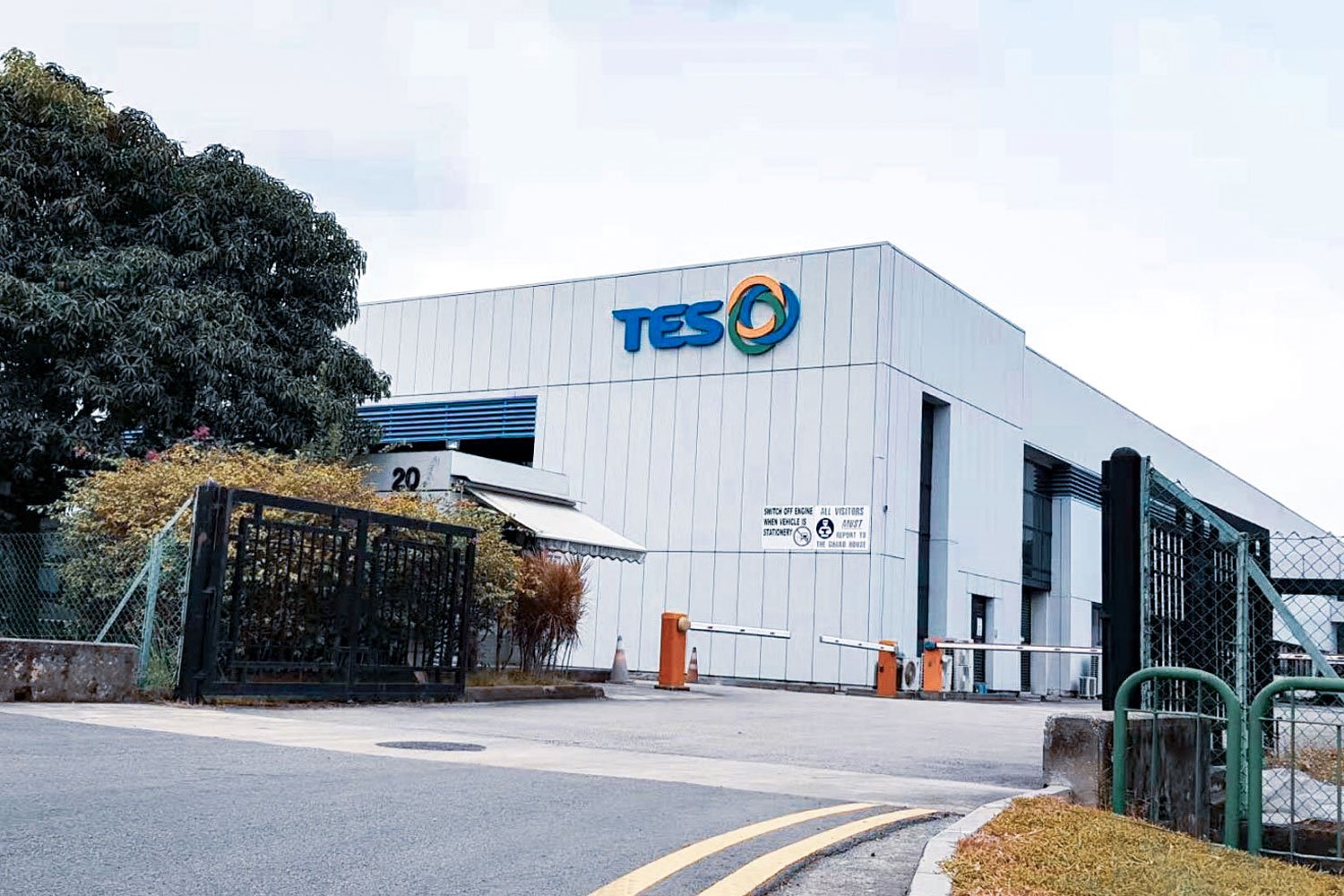The correct handling of end-of-life lithium-ion batteries is already a challenge, and it’s one that’s growing. A study by the Institute for Sustainable Futures found that the end-of-life electric vehicle (EV) and smartphone LIB stream is expected to grow by 1,300% in volume between 2025 and 2035.
The New South Wales (NSW) Environment Protection Authority (EPA) has made grants available to companies that propose innovative solutions to address the growing challenge of dealing with end-of-life LIBs from decommissioned solar energy storage systems. TES has been successful in winning a grant from NSW EPA to build a one-of-a-kind facility in Western Sydney to test, repurpose, and recycle LIBs from solar energy storage systems. The facility will also be capable of processing LIBs from electric vehicles and e-mobility and portable devices.
The NSW EPA selected TES’s proposal to move forward and awarded AU$1.9 million in funding to get started. This project was funded under the NSW EPA Circular Solar Grants Program.
The new battery treatment facility in Villawood is projected to generate upwards of 20 green jobs and will utilize TES’s existing proprietary hydrometallurgical technology.
In further testament to TES as a best-in-class sustainable battery solution provider, TES has recently been honored with several prestigious awards, notably an Edison Award in the Power Generation and Recovery category.
Contributing to growing battery infrastructure in Singapore, France, China, and the Port of Rotterdam, this facility is the latest to be announced that will join TES’s already unrivaled network of 40 owned and operated facilities.
TES’s proprietary process first extracts black mass, followed by a proprietary hydrometallurgical process to extract scarce elements such as nickel, cobalt, and lithium to close the loop for these metals—reducing the world’s dependence on mined materials.
The facility is expected to be up and running in summer 2023, ready to handle some 2,000 tons per year of end-of-life LIB units. This includes 800 tons per year from Australia’s large and growing solar energy storage battery infrastructure.
“This funding is supporting the drive toward a circular economy by helping New South Wales develop new ways of dealing with battery storage waste, which is increasingly important as currently installed systems reach the end of their life,” says NSW Minister for Environment James Griffin. “While the amount of battery storage system waste is low at the moment, we want to make sure New South Wales is ahead of the curve with innovative ways of managing this emerging waste stream.”
Thomas Holberg, Global Vice President (VP) of TES Sustainable Battery Solutions notes, “Collaboration with forward-thinking governments like New South Wales is a critical component to solving big challenges like this. The project will complement emerging infrastructure that is being established, including the collection network being built around these products.”
Most importantly, if future demand for closed-loop recovery develops locally, TES will invest in further capabilities to produce battery-grade metals to supply domestic manufacturing and reduce dependence on supply from outside Australia.
The project in NSW perfectly aligns the goals of the state with the private-sector expertise and qualifications of TES.
“We’re excited about this project and are eager to demonstrate to New South Wales that end-of-first-life lithium-ionbatteries, when handled properly, create circular economy opportunities close to where waste is generated, which doesn’t just help keep scarce materials in use for as long as possible but also minimizes greenhouse gas emission impacts associated with transportation and manufacturing of new batteries,” remarks Alvin Piadasa, Group Sustainability Director, TES.
References
The University of Technology Sydney scoping study: Scoping study for photovoltaic panel and battery system reuse and recycling fund (PDF 7.04MB)
Facts
The facility will have the capacity to process up to 2000 t pa, including 800 t pa solar energy storage systems, with more capacity than NSW total battery recycling demand.






